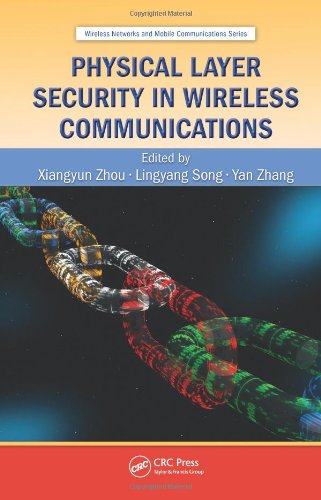

Most ebook files are in PDF format, so you can easily read them using various software such as Foxit Reader or directly on the Google Chrome browser.
Some ebook files are released by publishers in other formats such as .awz, .mobi, .epub, .fb2, etc. You may need to install specific software to read these formats on mobile/PC, such as Calibre.
Please read the tutorial at this link: https://ebookbell.com/faq
We offer FREE conversion to the popular formats you request; however, this may take some time. Therefore, right after payment, please email us, and we will try to provide the service as quickly as possible.
For some exceptional file formats or broken links (if any), please refrain from opening any disputes. Instead, email us first, and we will try to assist within a maximum of 6 hours.
EbookBell Team

4.0
16 reviewsPhysical layer security has recently become an emerging technique to complement and significantly improve the communication security of wireless networks. Compared to cryptographic approaches, physical layer security is a fundamentally different paradigm where secrecy is achieved by exploiting the physical layer properties of the communication system, such as thermal noise, interference, and the time-varying nature of fading channels.
Written by pioneering researchers, Physical Layer Security in Wireless Communications supplies a systematic overview of the basic concepts, recent advancements, and open issues in providing communication security at the physical layer. It introduces the key concepts, design issues, and solutions to physical layer security in single-user and multi-user communication systems, as well as large-scale wireless networks.
The book starts with a brief introduction to physical layer security. The rest of the book is organized into four parts based on the different approaches used for the design and analysis of physical layer security techniques:
Presenting high-level discussions along with specific examples, illustrations, and references to conference and journal articles, this is an ideal reference for postgraduate students, researchers, and engineers that need to obtain a macro-level understanding of physical layer security and its role in future wireless communication systems.